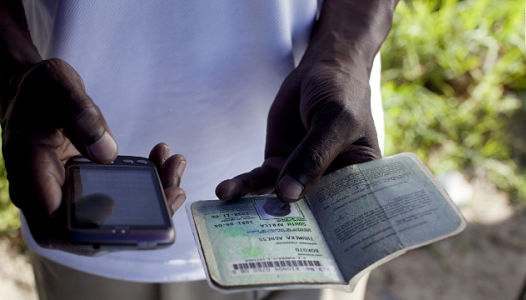Innovative Policies that Spur Growth and Reduce Poverty

A handful of standard policies have been used throughout the world over many decades to attempt to decrease poverty. However, poverty is still a massive problem worldwide. It is also known that healthy economic growth is vital to reducing poverty. What are some new, innovative policies that can be used more widely in conjunction with existing policies to maximize poverty reduction and spur economic growth?
One of the most well-known innovative systems of reducing poverty has been the microcredit or microfinance system that has been perpetuated throughout areas with high densities of impoverished people. Bill Gates has said that he believes that providing more access to mobile banking (an extension of the ideas behind microfinance), will have huge impacts on the way the poor deal with money and will help reduce poverty.
Many innovative new policies are aimed at specific demographics in order to fully leverage the investment in a way that affects the poor best. For example, many of the poor live in rural areas and are involved in agriculture.
Due to the large role of agriculture in many impoverished people’s lives, one organization named Katalyst gives out small packets of high-quality seeds to farmers in Bangladesh. The result? Incomes for these farmers increased on the whole by over 300 million dollars.
The United Nations Development Programme (UNDP) has begun to fund proven methods of development. Two programs, one from Colombia and one from Haiti are being funded by the UNDP. Both programs focused on job training and development for people in vulnerable areas of the respective countries.
A third program was aimed at helping the government of Laos address the infrastructure concerns and problems in local areas, which eventually helped over 300,000 people to get better goods and services as well as local infrastructure.
Another idea which is incredibly simple is now being more widely accepted as a method that would prove valuable. Give poor people money. Giving unrestricted cash transfers to the poor has not been a popular policy in the past because many fear that the money would be wasted on nonessential goods or illegal activities.
However, a study based on a model like this was done in Uganda and resulted in a 38 percent increase in wages by the end of the study in the group that was given the unrestricted cash transfers. In addition, hours worked and business assets both increased significantly. The myth that the money would simply be wasted via this simplistic approach seems to be being dispelled.
Most of these ideas are not based on some new understanding of poverty. The existing rationale behind each one is held in commonly held knowledge about the different attributes of poverty and those in poverty.
The innovations are creative ways of tackling the most basic traits of the impoverished, unemployment (specific job training centers), lack of money (unrestricted cash transfers), and giving high quality seed packets (agriculture as a means of income).
By addressing these known factors in new ways, these policies have proven to be of use in the instances they were used, and should be more widely spread across the globe to help increase the rate of poverty reduction.
– Martin Yim
Sources: OCED Insights, United Nations, Social Science Research Network
Photo: CNN
